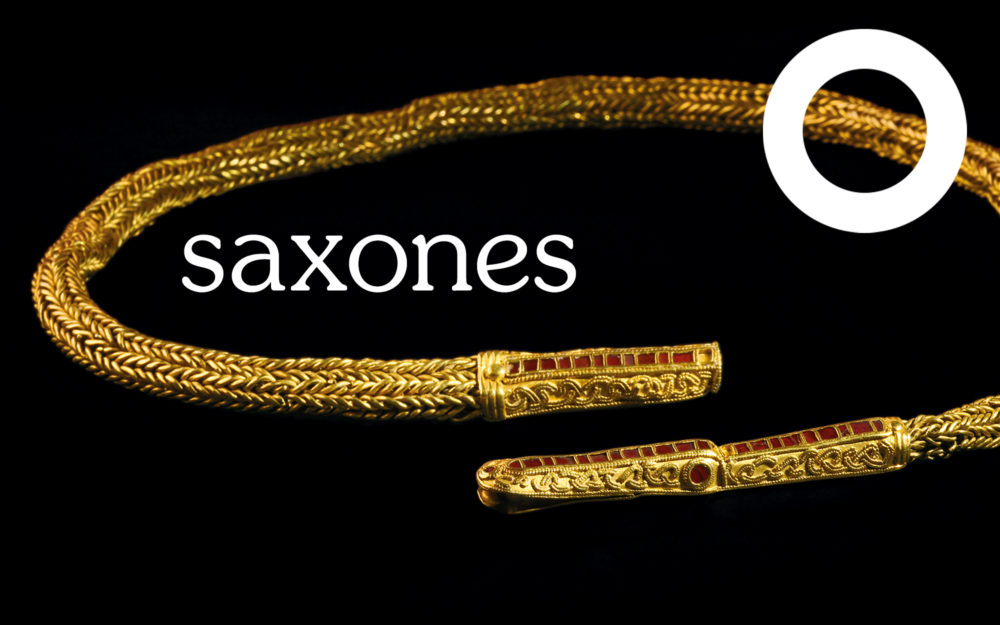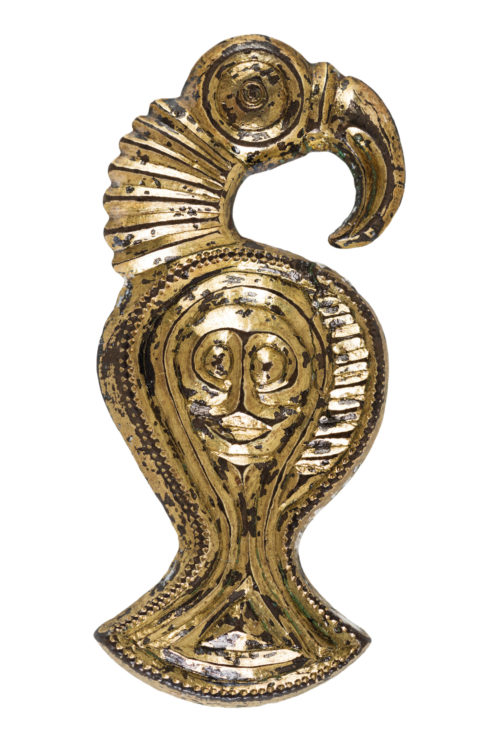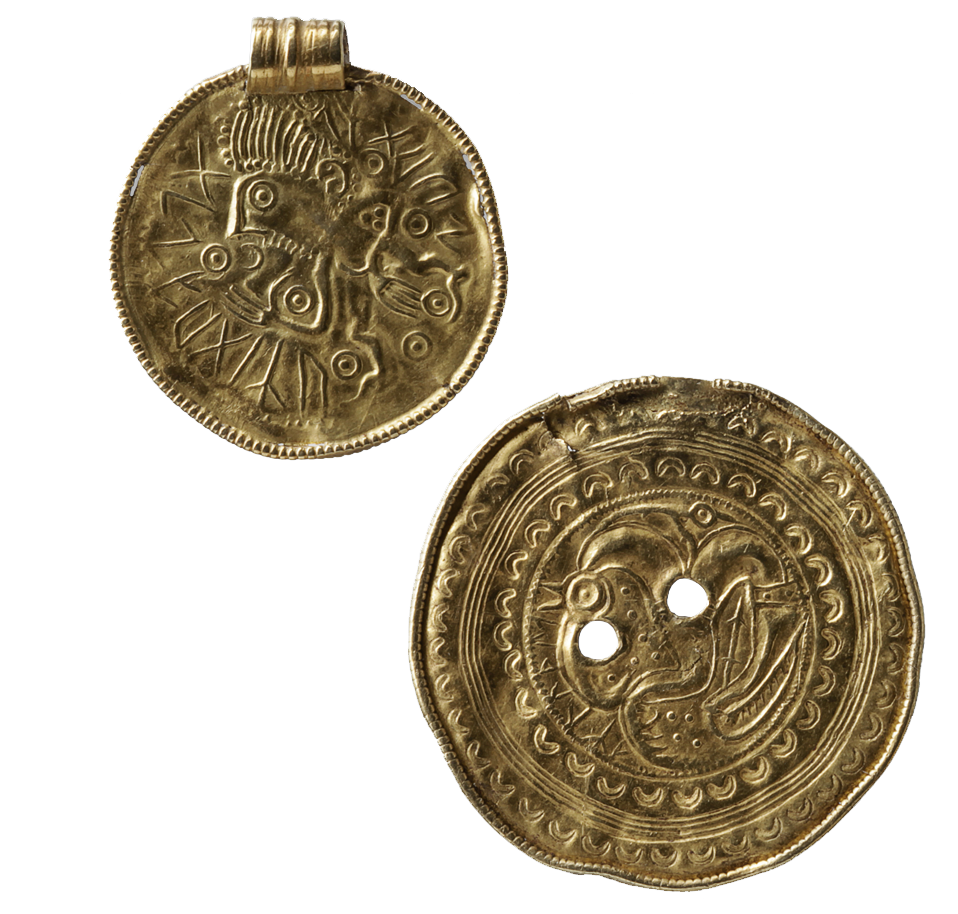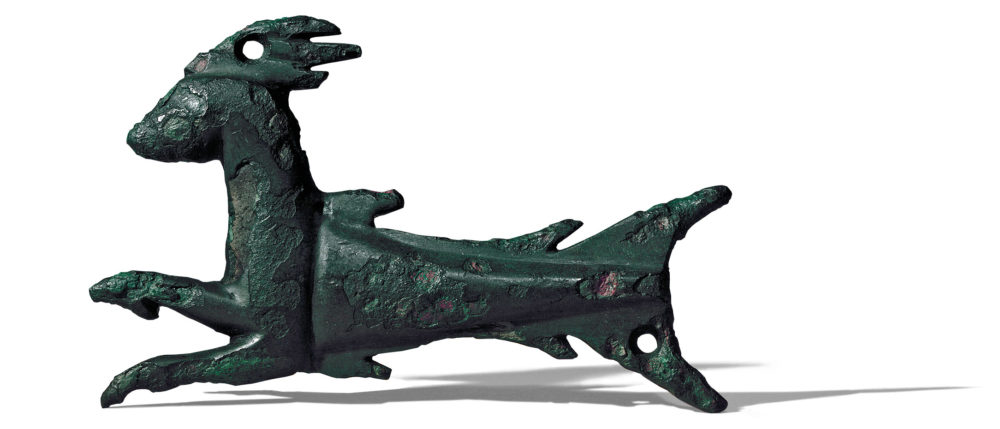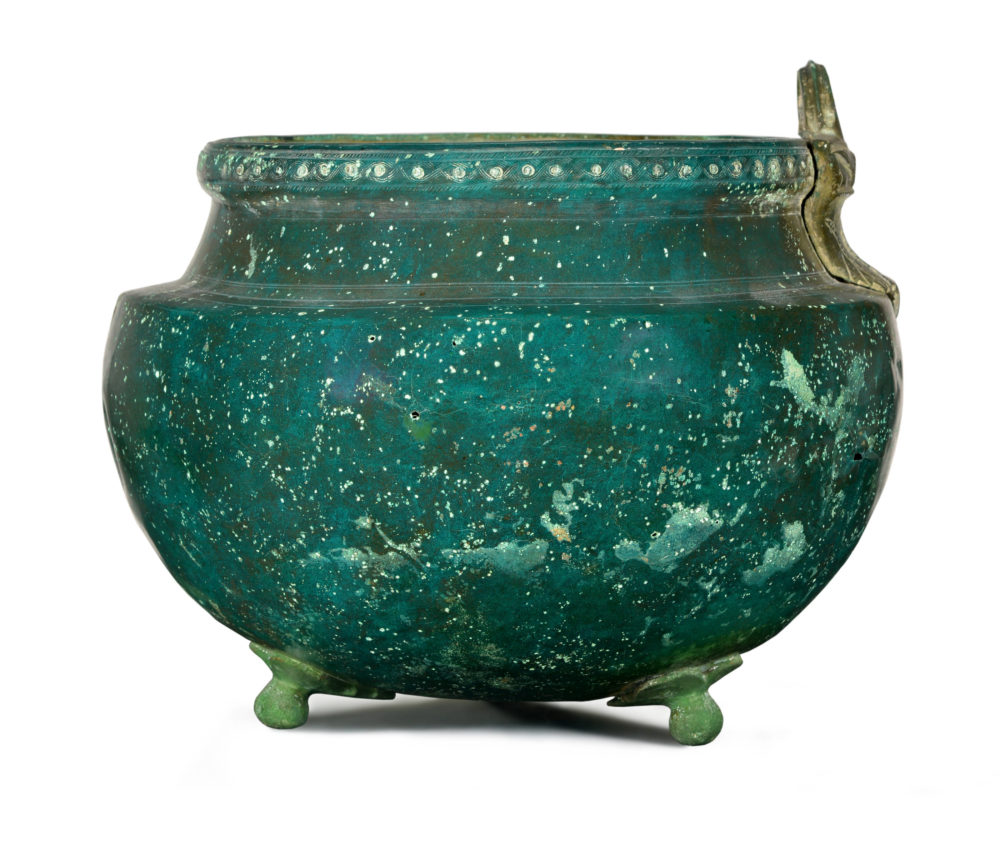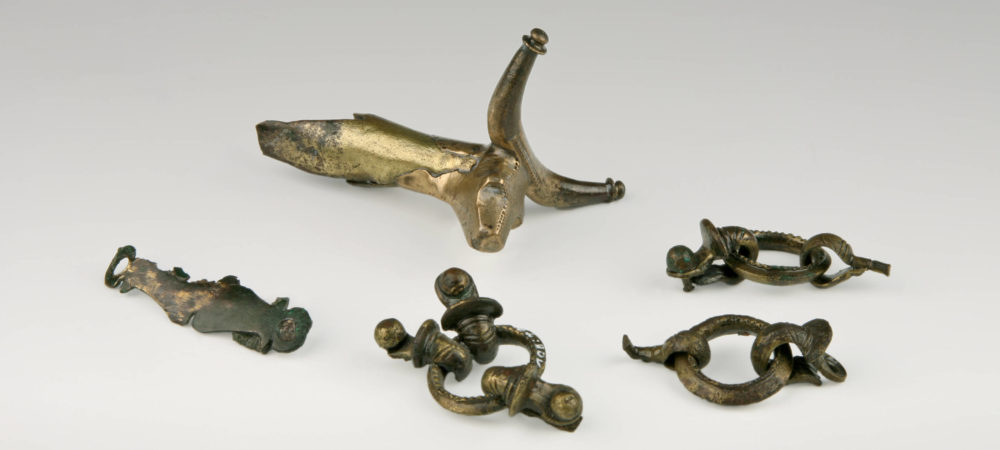5.4. to 18.8.2019
Lower Saxony today has around eight million people. They have their roots everywhere in Europe and in the world. Many families have been settled here for centuries, some perhaps since the early Middle Ages. At that time almost all inhabitants of the country were called "Saxones". Are today's Lower Saxony descendants of these "old Saxons"? Where does the name "Sachsen" come from and who were they?
In co-operation, the Braunschweigische Landesmuseum and the Landesmuseum Hannover 2019 present a new history for Lower Saxony in a large joint exhibition. The exhibition traces the myth about the "old Saxons".

